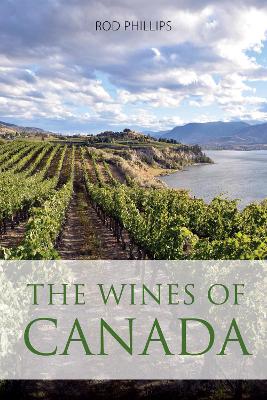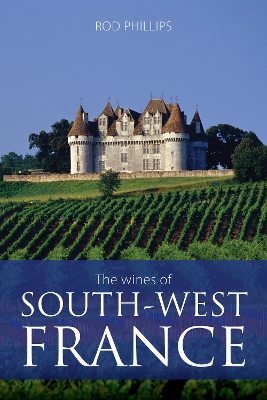The Infinite Ideas Classic Wine Library
2 total works
Here, Canadian wine expert Rod Phillips provides an overview of Canada's wine regions, their climate, soil, and other geographic conditions, and the grape varieties they grow most successfully. The wines of Canada discusses the key producers of each region (British Columbia, Ontario, Quebec and Atlantic Canada), and the styles of wine most characteristic of their production, as well as analysing vintage variation and noteworthy viticultural and winemaking techniques, such as burying vines to protect them from winter temperatures in some regions. The book concludes with useful practical appendices covering the distribution of grape varieties, annual production by region or province, wine consumption in Canada and vintage charts. The wines of Canada is the first comprehensive guide to one of the rising stars in the world of wine.
location of scores of grape varieties, some of them precursors of international varieties such as Malbec and Cabernet Franc. Although today south-west France is the fourth region of France in terms of wine production very few wine consumers are familiar with more than two or three of its appellations. Cahors and Madiran are well-known appellations but we don't
hear (or read) much about less fashionable appellations such as Rosette and Bearn. As a result the wines generally command relatively low prices.
This book covers all the important aspects of south-west France in an accessible way.
Although it includes the mass-produced wines of the region it focuses on quality wines made in more limited volumes.
Although a number of the appellations of south-west France share similar climatic conditions (such as the influence of the Atlantic), the many small AOPs vary significantly in soils and topography, grape varieties, and the styles of wines they produce.
They range from the botrytized sweet whites of Monbazillac to the teeth-staining reds of Cahors, from the distinctive dry whites of Jurancon to the tannic reds of Madiran.
Phillips begins with a brief history of the region and provides an overview of the region today before considering the wines of the various sub-regions in turn, including land and climate, grape varieties, wine styles, and wine law, together with entries on their most notable producers.
All colours of wine are made in south-west France, as are dry and sweet wines and sparkling and still wines. The rich diversity of the world of wine is represented in south-west France, and it is this very diversity of grape varieties and wine styles that makes the region so compelling.

